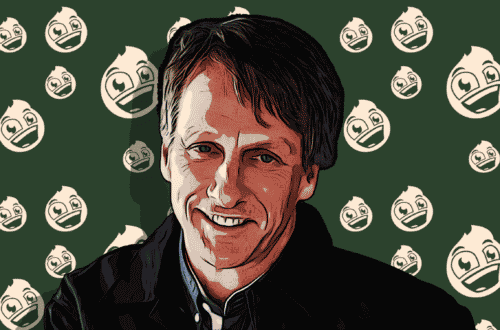
Australian Scientist Discovers How To Unboil An Egg
Any chef worth his salt knows that there’s plenty that can be done with an egg. After a certain point, it’s impossible to turn one product — or mishap, maybe — into something else; scrambled eggs can’t sink back into their shells, after all. But an Australian scientist has found a brand new way to turn back the clock, and as a result may have paved the way for some big changes.
Professor Colin Raston didn’t build a time machine, but his vortex fluidic device still managed to unboil a boiled egg. The idea behind it is that a boiled egg has proteins that unfold and then fold back together into a set structure; Raston’s machine unfolds those proteins right back, but the lack of heat allows them to fold together in their original shape. In other words, the rubbery white shell of a boiled egg ceases to be.
Raston’s work has implications far beyond the kitchen, though. Potentially, the vortex fluidic device could revolutionize the pharmaceutical industry; being able to manipulate proteins could save time and money alike, and more importantly can boost the effect of certain drugs by more than four times. Unsurprisingly, Raston was rewarded for his efforts with an Ig Nobel prize, a parody-based take on the Nobel prize — but given his efforts, the vortex fluidic device is no laughing matter.



